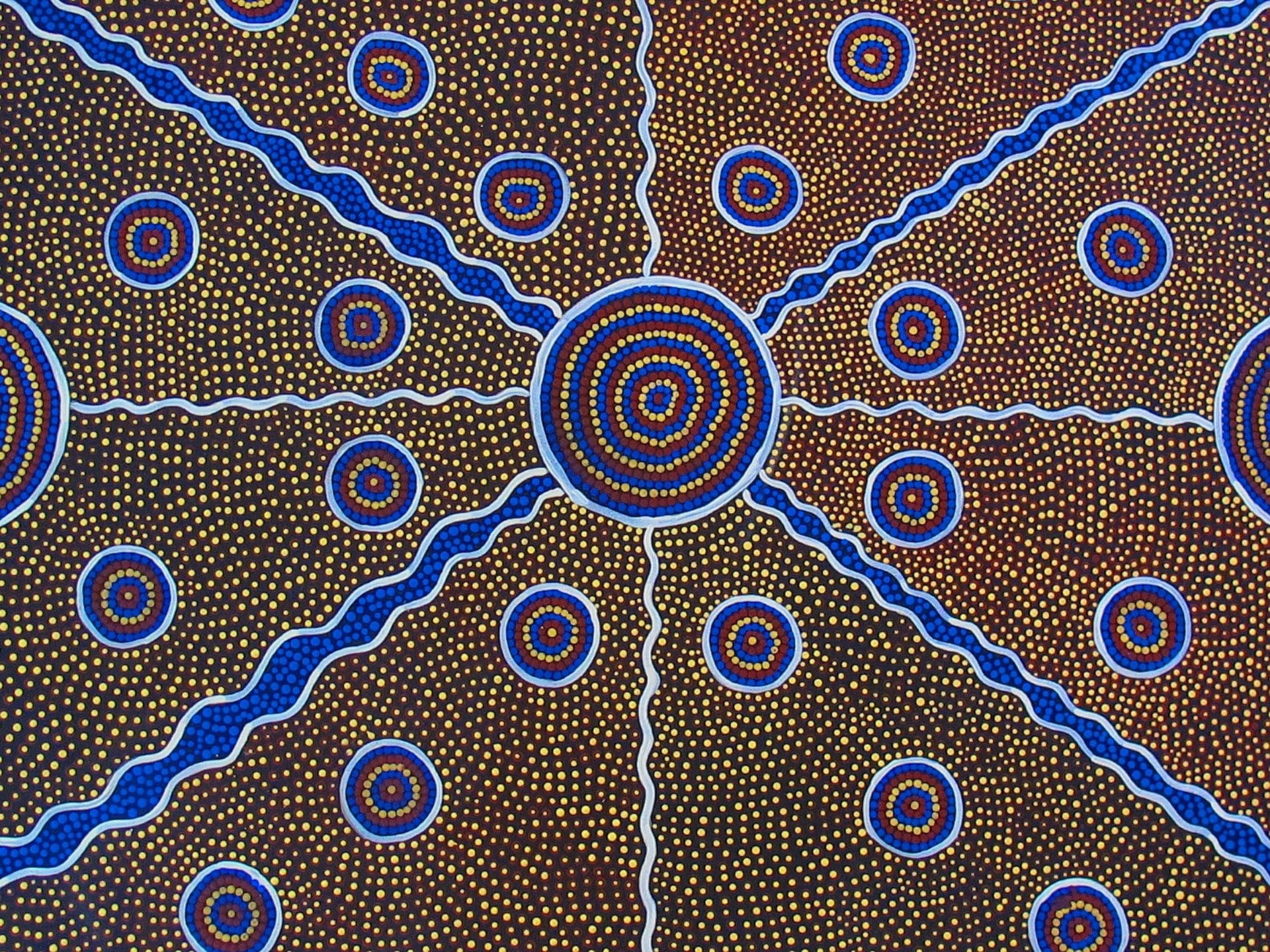
Cultural Connection May Reduce Suicide Rates in First Nations Youth
 A new research study funded by Australian Rotary Health (ARH) suggests that increasing cultural connectedness at the community level may help to reduce suicide rates in First Nations youth.
A new research study funded by Australian Rotary Health (ARH) suggests that increasing cultural connectedness at the community level may help to reduce suicide rates in First Nations youth.
PhD Scholar Mandy Gibson from Griffith University recently published a paper in The Medical Journal of Australia, outlining suicide rates for Aboriginal and Torres Strait Islander people and the influence of community level cultural connectedness.
The study found that the suicide rate in First Nations young people (aged 10-19 years) is 44% lower in communities that have a stronger connection to culture, compared to communities with lower levels of cultural and social capital.
Analysing First Nations suicide data from the Queensland Suicide Register between 2001 and 2015, this is the first study to consider the associations between community level cultural connections and suicide rates among First People in Australia.
“Community Elders and First Nations scholars have long promoted community strengths and community level protective factors as a way to foster the wellbeing of children and adolescents to prevent suicide,” Mandy said.
“Communities with high levels of cultural social capital were shown to have lower rates of youth suicide, these included social contact with family and friends to involvement in cultural events like ceremonies and community activities.
“We think this gives young Aboriginal and Torres Strait Islander people a strong cultural identity to support their sense of self during the change and turbulence of adolescence, where we see the biggest gaps in the suicide rate between First Nations and non-Indigenous young people.”
The study also noted that suicide rates were considerably higher for First Nations young people (21.1 deaths per 100,000 persons per year), compared to non-Indigenous people (5.0 deaths per 100,000 persons per year).
Higher levels of racism and discrimination in the community were also found to be associated with higher suicide rates. In fact, rates were more than twice as high in areas with higher rates of discrimination.
“This suggests the impact of racism and discrimination is not limited to those directly affected by it,” Mandy said.
“Our findings expand on the established relationship between experienced racism and discrimination on suicidal ideation among young Aboriginal and Torres Strait Islander people, by showing it also influences community-level suicide rates.”
Mandy suggests that future suicide prevention strategies may focus on reducing culturally specific risks such as discrimination and increasing culturally-specific protective mechanisms.
“We need to support cultural connectedness programs by valuing them as suicide prevention activities. We also need to urgently curb the prevalence of racism and discrimination faced by Aboriginal and Torres Strait Islander people.”
Suicide rates for young Aboriginal and Torres Strait Islander people: the influence of community level cultural connectedness is published in The Medical Journal of Australia.
Mandy is supported by the Australian Rotary Health/Rotary Club of Toowong ‘Basil Shaw’ Funding Partner PhD Scholarship.
Media contact: Jessica Cooper – (02) 8837 1900 or [email protected]
Lifeline: 13 11 14